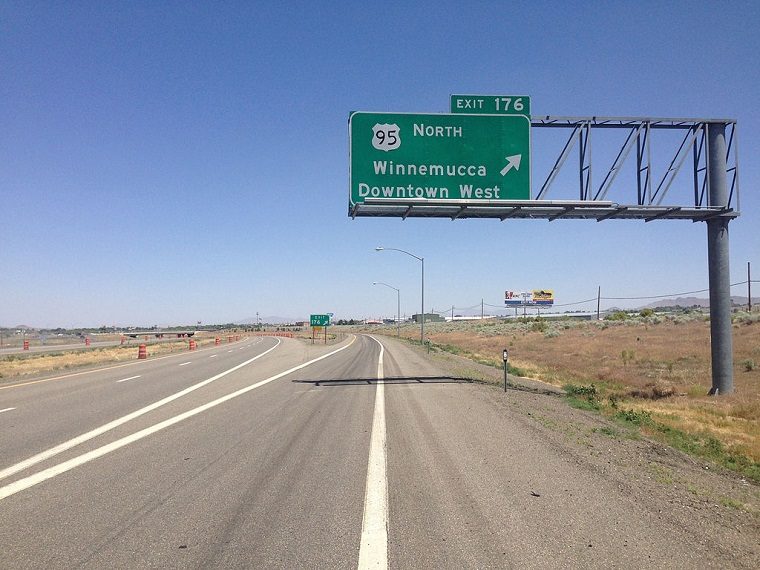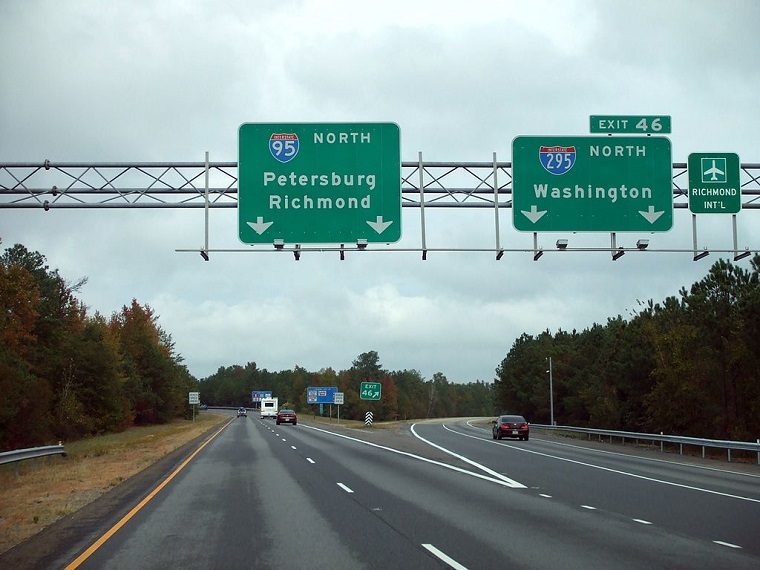How Do Highways Get Their Numbers?
When you look at a map, it’s typically peppered with numbers: interstate highways, U.S. highways, state routes, and county roads. Is there any system or logic behind how these roadways are numbered?
While numbering systems for state and county routes vary widely from location to location, interstates and U.S. highways follow a more standardized format.
U.S. highways

Photo: Hamartin
U.S. highway numbering was first established in the 1920s and is overseen by the American Association of State Highway and Transportation Officials. Main U.S. highways have one- or two-digit numbers (with the exception of U.S. 101), while their spurs have three digits. However, spurs aren’t always connected to their parent highways.
In this system, east-west roads get even numbers and north-south roads get odd numbers. As you travel west, you’ll notice that the numbers of north-south roads get larger. As you travel south, you’ll notice that the numbers of east-west roads get larger.
For example, in the northern part of the country, U.S. Route 2 runs from Maine to New York and from Michigan to Washington. In the south, U.S. 80 stretches from Georgia to Texas. In the east, U.S. 17 extends from Virginia to Florida. In the west, U.S. 95 connects the Canadian border in Idaho with the Mexican border in Arizona.
Interstate highways
The interstate highway numbering system is similar to the U.S. highway system. Main interstates get one- or two-digit numbers, while loops and spurs get three-digit numbers that reflect their parent roads. Three-digit numbers can be duplicated across states — for example, Interstate 70 has an I-670 connector in both Kansas/Missouri and Ohio.
To prevent confusion, one important difference distinguishes interstates from U.S. highways. While east-west interstates also get even numbers, those numbers get smaller (not larger) as you travel west. North-south interstates also get odd numbers, but those numbers get smaller as you travel south.
For example, you’ll find Interstate 90 in the northern U.S. and Interstate 10 in the south. I-95 stretches down the east coast, while I-5 runs down the west coast.

The News Wheel is a digital auto magazine providing readers with a fresh perspective on the latest car news. We’re located in the heart of America (Dayton, Ohio) and our goal is to deliver an entertaining and informative perspective on what’s trending in the automotive world. See more articles from The News Wheel.



